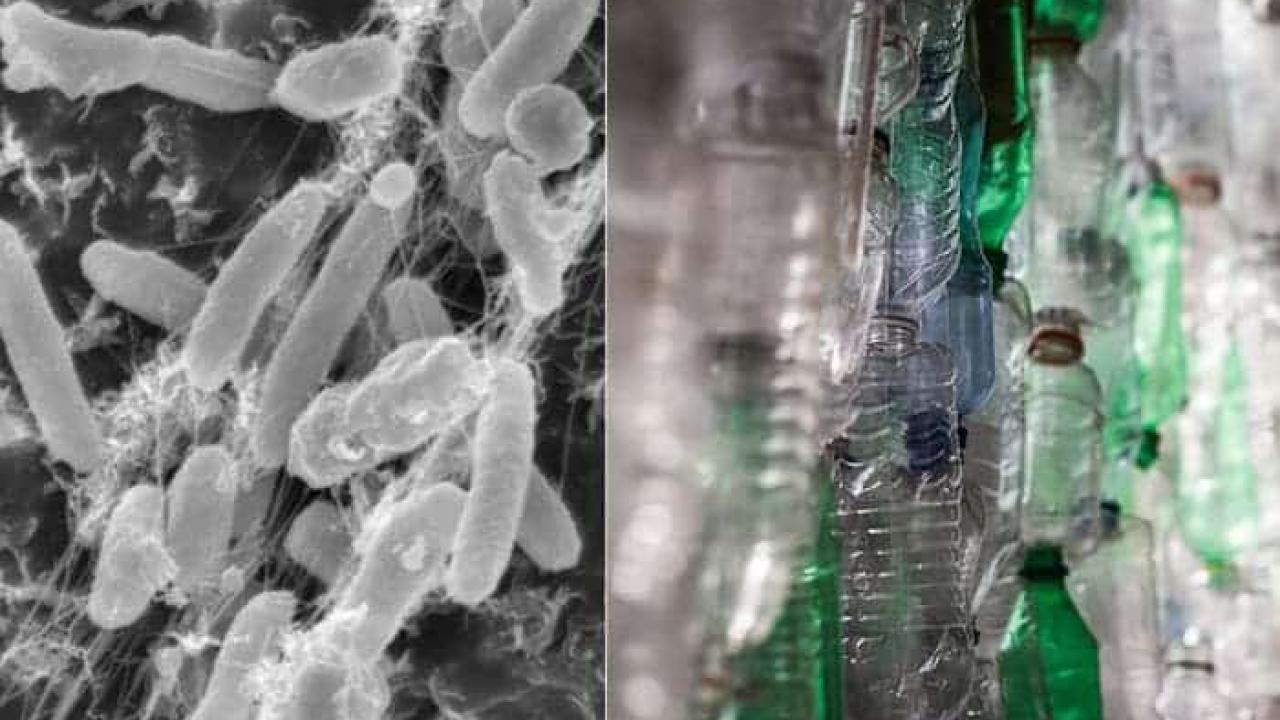
Plastic-Eating Microbe
Quick Summary
- The escalating scale of plastic waste present on Earth is an urgent issue, with nearly 450 million tonnes of plastic waste produced annually, 80% of which is released into the environment. Although plastic is a versatile, revolutionary material, its durab
The escalating scale of plastic waste present on Earth is an urgent issue, with nearly 450 million tonnes of plastic waste produced annually, 80% of which is released into the environment. Although plastic is a versatile, revolutionary material, its durability and rate of production offers a global-scale challenge. Plastic production has more than doubled in the last two decades, causing its pollution to threaten ecosystem conditions and human health. Among these problems are the acceleration of climate change, the fatality of wildlife, infrastructure issues, as well as the induction of chronic illnesses in humans. In light of these concerns, scientists have made progress in discovering microbes capable of breaking down microplastics. The natural abilities of these microbes provide an outstanding starting point for designing sustainable solutions to plastic pollution, a field known as eco-microbiology.
In 2016, scientists discovered the soil bacterium Ideonella sakaiensis, capable of breaking down the microplastic - Polyethylene terephthalate (PET), an abundant polyester plastic. This bacterium, discovered in a plastic bottle recycling plant in Japan, utilizes a two-enzyme system to break down the plastic into a usable energy form. The first step involves the enzyme PETase cleaves the ester bonds of solid PET to form BHET and MHET. The second enzyme, METase, splits MHET into its two monomers, terephthalic acid and ethylene glycol. The plastic-degrading abilities of this microbe are truly unique, considering its breakthrough nature within the field. Evolution played a key role in the development of these enzymes, as their isolating habitat impelled their uptake of plastic as a carbon source.
According to Ronan McCarthy, an engineer at Brunel University, “There's a reason microorganisms inhabit almost every site on the planet, to tackle some of the more challenging environmental pollutants in a very sustainable and eco-friendly way.”
Since the discovery of these enzymes, researchers have focused on speeding up the natural process and enhancing their efficiency. Two years later, scientists designed a hybrid enzyme by combining the DNA from the PETase enzyme and the MEHTase enzyme, which increased the deterioration rate of PET by six times, paving the way for large-scale plastic recycling. In more recent years, researchers engineered an enhanced version of the enzyme capable of working in low-temperatures. Several pilot programs were initiated to test the application of this enzyme especially at an industrial scale.
Although these milestones may seem minuscule on the global scale, the focus on plastic-eating bacteria holds immense potential as a solution to plastic pollution. It’s important to recognize the challenges of scalability, while including crucial research and innovation. By employing genetic engineering as well as advanced research and engineering techniques, it’s important to continue fostering exploration and value in this field in hopes of working towards a cleaner, more sustainable planet for ourselves and future generations.
Sources:
https://www.nature.com/articles/s42004-024-01154-x
https://www.washingtonpost.com/science/2024/10/03/plastic-eating-bacteria-pollution-solution/
https://evolutionoftheprogress.com/plastic-eating-enzymes/
https://journals.asm.org/doi/10.1128/aem.02118-24
https://www.nsf.gov/news/genetically-modified-bacteria-break-down-plastics
